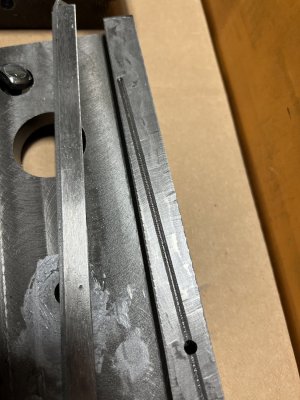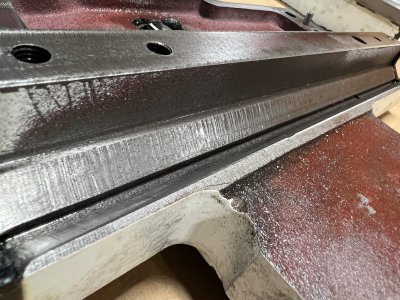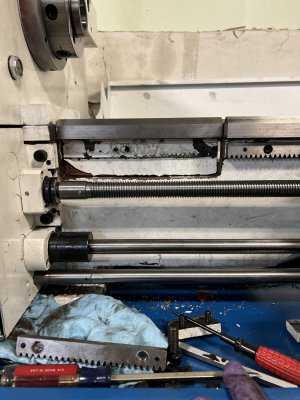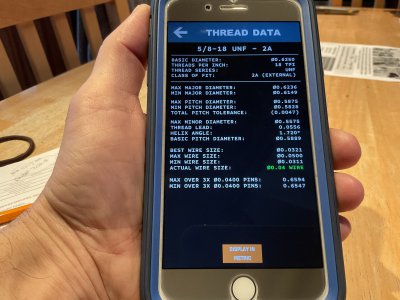Standard of Depth of Cut (External Threading)
mitsubishicarbide.com
https://www.mitsubishicarbide.com › files › tec_th...
Numerous manufacturers have infeed tables for threading. I calculate the depth based on 30 degree compound angle. You have to lighten up the cuts the deeper you go to keep the insert tip intact.. Recently I cut 1.5"-8 threads in 4140 at 160rpm using Anchor Lube with zero issues.
mitsubishicarbide.com
https://www.mitsubishicarbide.com › files › tec_th...
Numerous manufacturers have infeed tables for threading. I calculate the depth based on 30 degree compound angle. You have to lighten up the cuts the deeper you go to keep the insert tip intact.. Recently I cut 1.5"-8 threads in 4140 at 160rpm using Anchor Lube with zero issues.





